Working Backwards and Forwards
Ted Gahl in conversation with Brad Hajzak
Published in conjunction with the exhibition Ted Gahl & Betty Kingseed, Ted Gahl: Works on Paper is a new monograph that presents a selection of Gahl’s works from over the past decade. Printed in an edition of 100, the publication features nearly 70 never-before exhibited works as well as a conversation between Ted Gahl and Brad Hajzak.
Encompassing elements of pop culture, art history, as well as his day-to-day lived experience, Ted Gahl’s drawings span the humorous and irreverent, to the deeply earnest and sincere. There is an immediacy and a poignancy to Gahl’s works, regardless of medium or subject matter. Whether it be a quick observational sketch of a family member, or a layered painting, Gahl’s deep appreciation and reverence for the act of constructing an image, as well his mastery of the pictorial elements of surface, line, form, and colour, are always present.
The full conversation appears below.
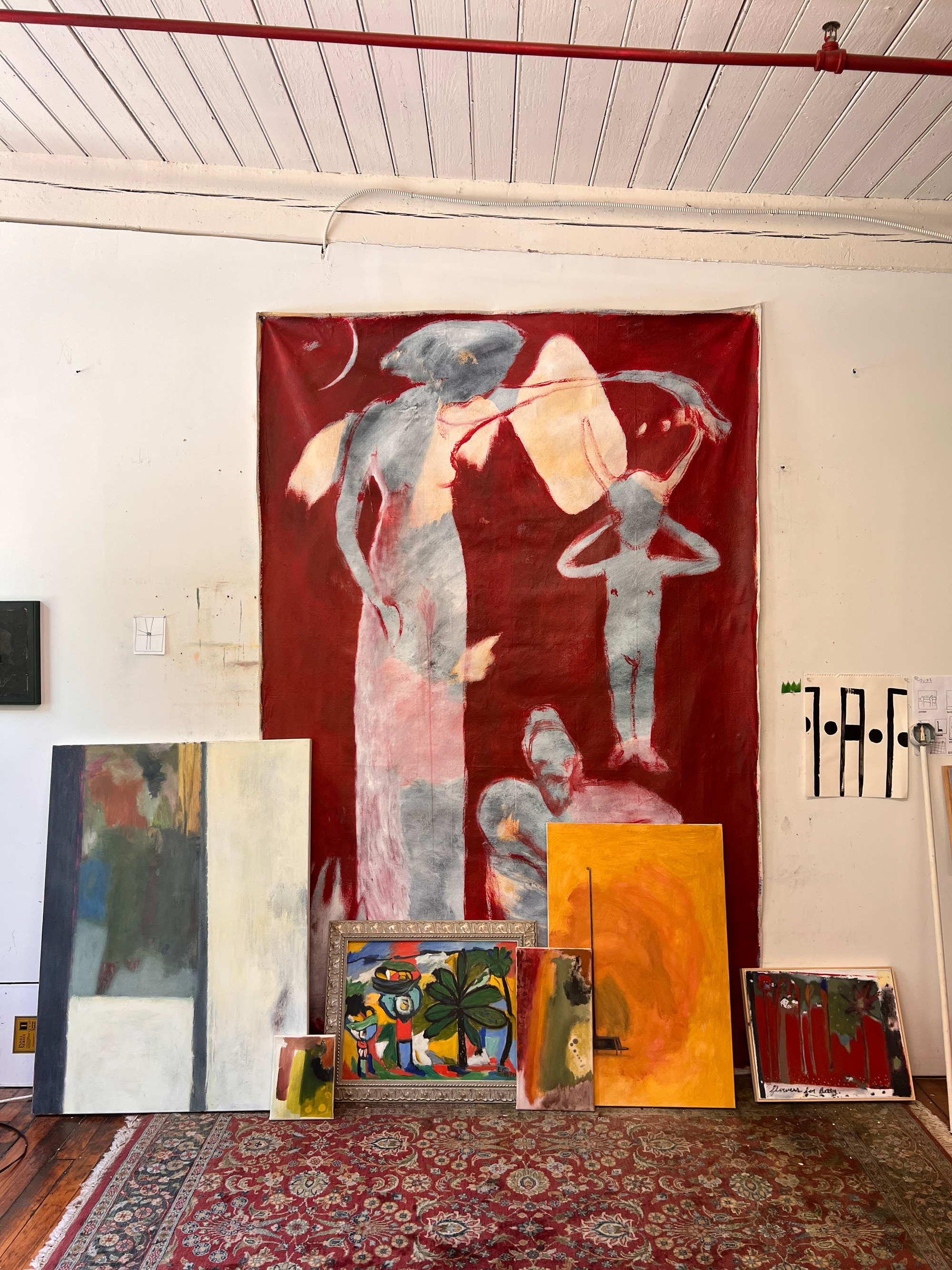
Brad Hajzak: Where does drawing, or working on paper, sit within your broader studio practice?
Ted Gahl: I think looking back at all the things I’ve made in my life, drawing and working on paper is easily the bulk of it. I have a flat file in my parent’s basement, and it has piles of paper in it. I think when you are growing up, the idea of experimenting on paper is very built into your life. When you’re really young, you are drawing on construction paper. In middle school and high school, you are doing still life studies on paper. And before the constant interaction with the phone, I think there was a heavy doodle culture going on. I think the time you used to waste drawing on a post-it while you were on hold or while you were waiting to get your oil changed, was replaced by the phone. So all of this combined, made for a lot of pen and paint on paper in my life. Once I started to take painting more seriously, I think my relationship to drawing and painting on paper changed a lot. I became really obsessed with working on canvas, the physicality of standing while you work. It also became about economics. If I’m paying to rent a studio, I’m going to make paintings. Working on paper for me has now become about planning. All my rough ideas for paintings comefrom quick drawings on paper. These are my blueprints.
Who were some of your earliest influences? Are there artists whose work still looms large for you?

I think my dad was a huge influence. He wasn’t an artist, a painter. But he was incredibly good at drawing funny cartoons and characters. He would always come up with these great drawings to put on people’s birthday cards, and I think I got a kick out of that and was trying to emulate that from a very early age. I also think cartoons in general, all the Merry Melodies stuff, the intricate backgrounds are something that always stood out to me. Looking back at drawings from like say, 1989, it’s clear I was just recording what I was seeing. I was trying to use drawing to describe surroundings, people and their occupations etc. Then of course you get older, and it becomes this very different thing, where you are trying to make “art.” As far as looking at fine art, my grandmother was a big fan of this family friend, Alfred Tulk, and she had a lot of good works on paper by him. She also had Marsden Hartley posters and lots of graphic needlepoints. It was a cool household, she had a lot of good stuff to look at.
How does isolation outside of NYC affect/inform your creative process?
I think it has been good for my studio practice. I’ve never really had that much trouble making work in random places, as the range of the drawings in this book has reminded me. My choice to primarily work in the country has had a lot to do with square footage. To make a range of work in different sizes, and to have the tools you need and still be comfortable, you just need more space. Where I am in Connecticut, it’s easier to do that. I don’t think it has necessarily made me work more with certain bucolic imagery or themes, I just think it has put me in a better space mentally to focus on making art full time, and not feel boxed in by clutter. I kind of did the East Coast artist plan backwards. I started making work in the country, and now after about a decade, I find myself getting back to New York and working in a studio there for a bit.
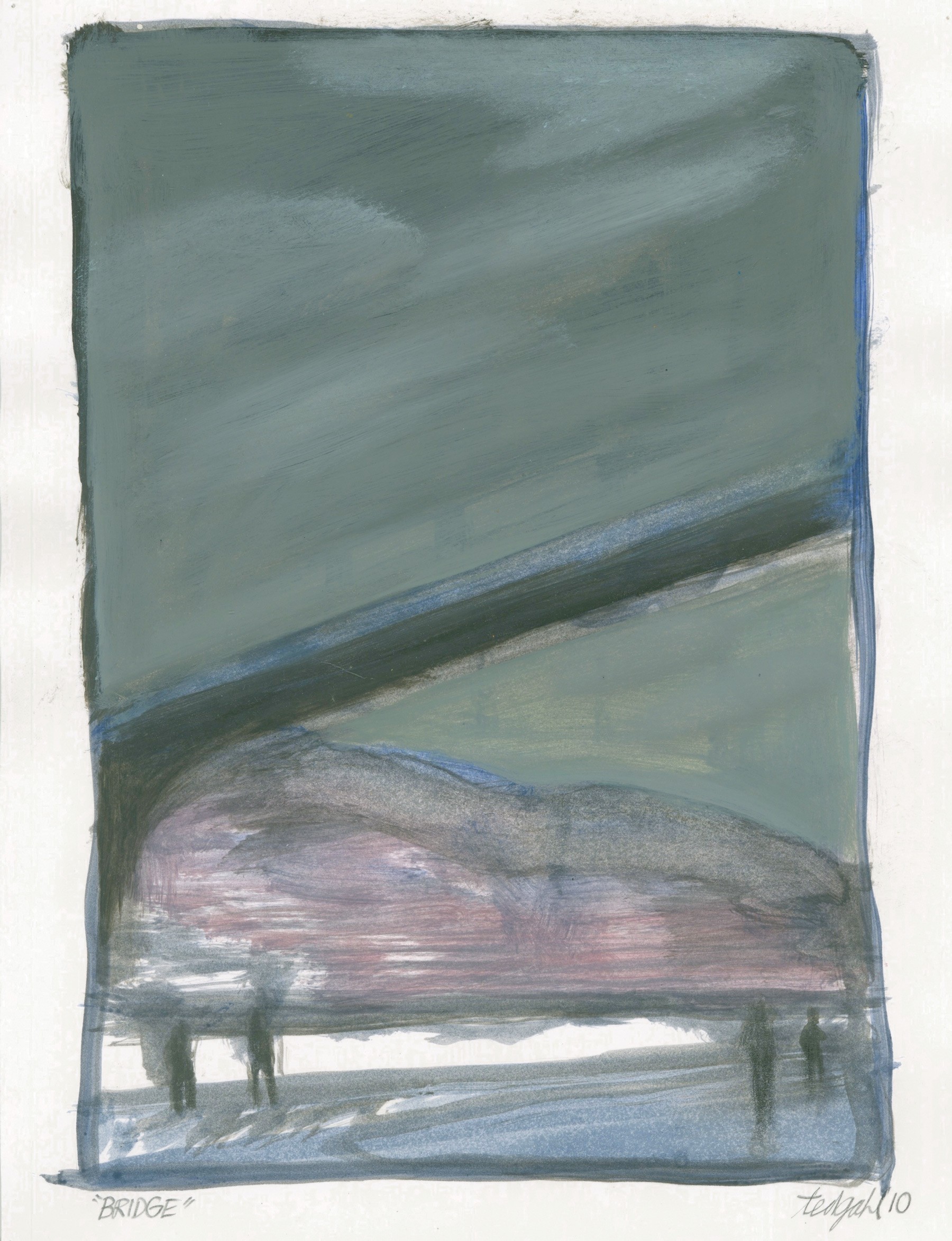
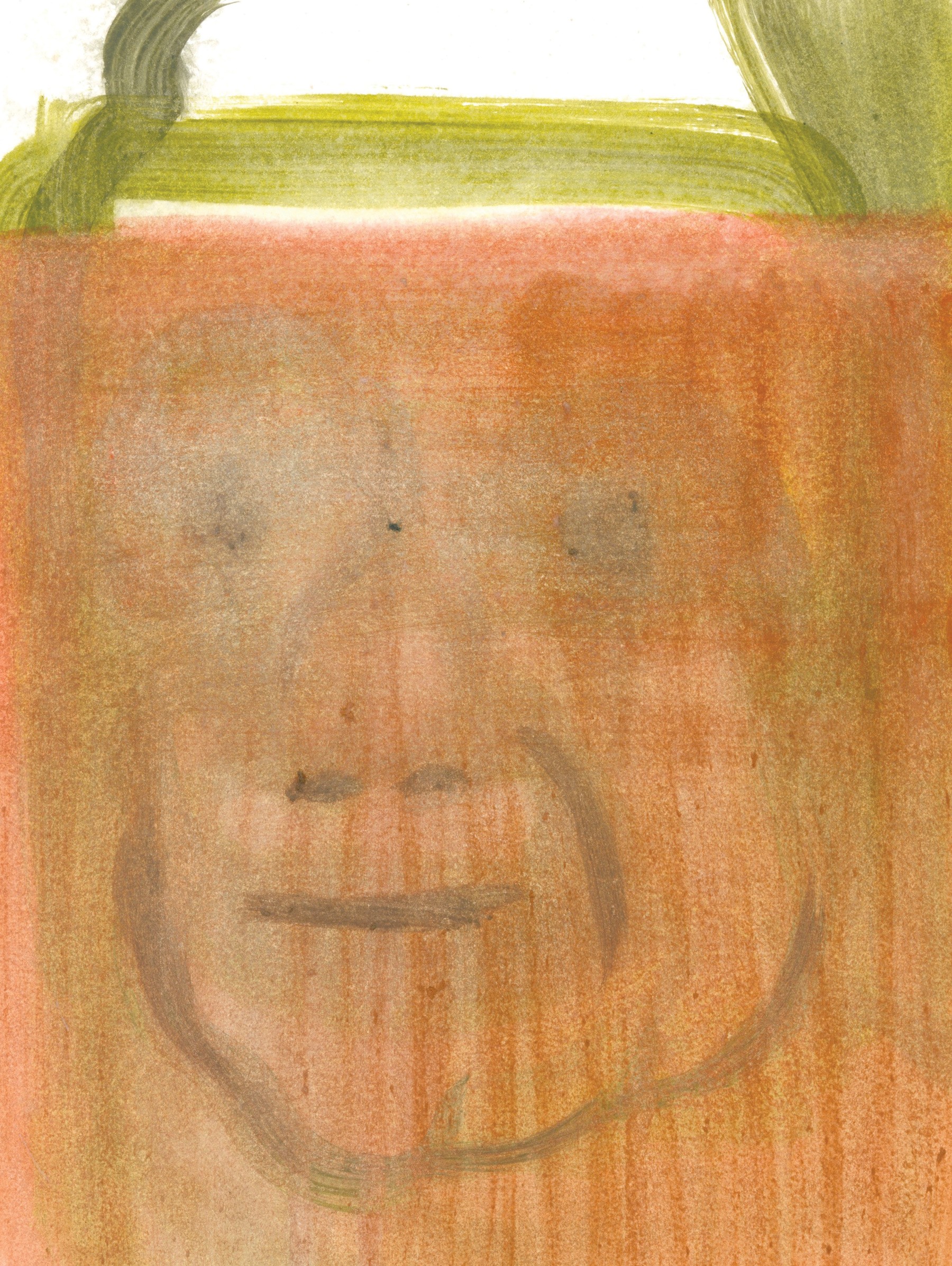
Do the drawings expose more about yourself than the paintings? Is it comfortable to revisit works that you made more than ten years ago?
I don’t have a problem looking back at these drawings. I’m fascinated by how much of a memory jog they are for me. I have a different relationship with old paintings. I think there is a lot more pressure on paintings, because of their scale and the visibility they get being out in the world or on the internet and social media. I’m a slow learner when it comes to painting, I didn’t have it figured out right out of school and I certainly don’t have it figured out now. So it can sting to see some of the stuff I have put out there. The drawings don’t do that to me, they are so light and careless. They are just these little napkins floating around.
There’s an obvious maturation of your paintings over the last 12 years. Have the works on paper followed suit? Or how do you think the works on paper have evolved over the same period?
I think at some point, in the last five years or so, the bulk of drawing just became strictly as a rough draft for paintings. I kind of gave up on using nice paper. It’s too precious and vulnerable, and I’m not going to frame any of it. I just liked how I could be frivolous with cheap paper like I mentioned, it takes all the pressure off of making something “good.” There has been the occasional paintings on nice paper in the last few years, sometimes I buckle down and do a run here or there, like I just did for a show in London. But for the most part, current drawings are just ideas jotted down quickly and then sculpted to make the cut for a canvas.
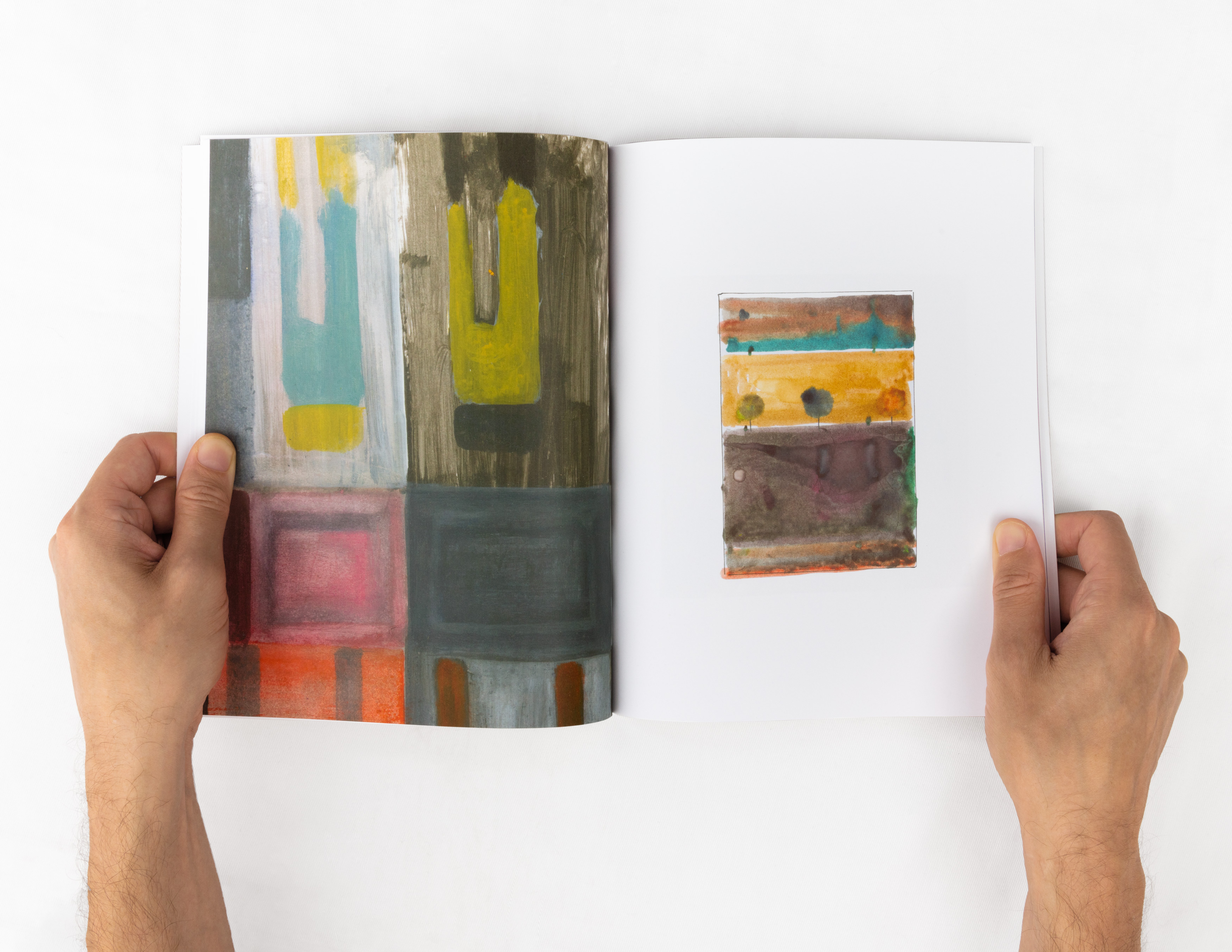
How much does outside stimuli inform the works on paper?
There’s definitely a vast amount of drawings I have found that border on kind of run-on sentences. Some of them have direct quotes from the infomercials on TV I was watching. Or the works I did while traveling, I think they were definitely inspired by those surroundings. You can also see that in ranges of materials, like how some are very wet paint in a studio, and others are clean, colored pencil or pen on the fly. Some of these drawings are a response to an event, like a death or a painting show. Some are basic observational drawings of where I’m living or family, and others are more fictitious.
How did you come to select this group of works on paper?
I went through a lot of drawings. I just kind of picked these works based on them helping me to remember a moment. Some of these drawings are by no means technically incredible or amazing. But I felt one way or another that the image represented a stop along the way, a marker that was significant to me.
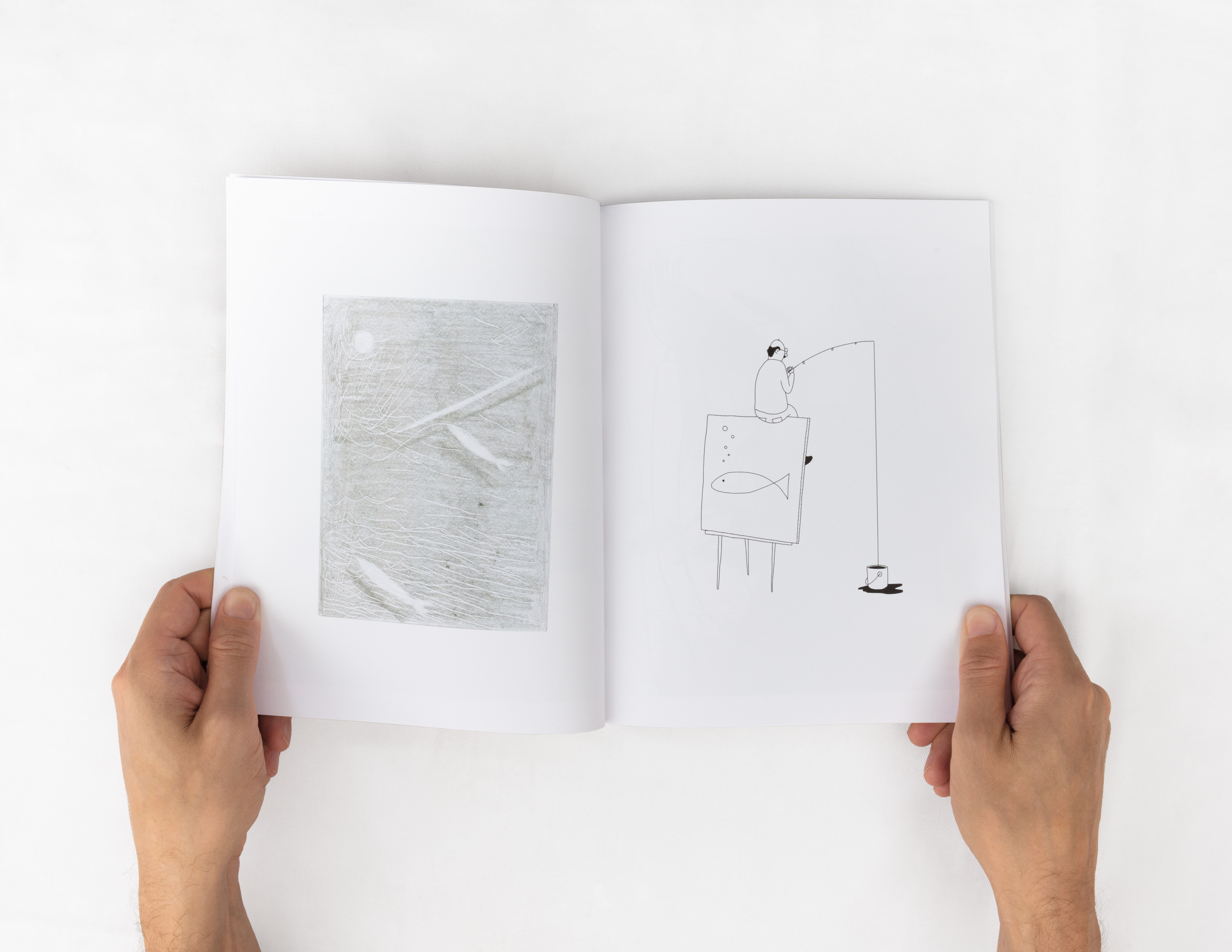
The Fishing and Paint Can drawing offers wry commentary on the artist’s daily plight… how close does life as an artist resemble what you expected it would be?
I wasn’t sure at all what to expect. I randomly ended up in a few art shows at the end of 2006, and it was a really nice time. I felt very energized and grateful that people wanted to show what I was making, and it just kind of continued from there. I was lucky to show in New York at a young age and got to really immerse myself in all the openings and parties that you kind of grow up hearing about. It was a really exciting timeframe and there was a sense of camaraderie.
Fast forward to now, and that’s a good chunk of time that has gone by. I think that there are a lot of changes that happen, and to me it has a lot to do with people and relationships rotating in and out of your life, and that is something I have been thinking about a lot lately. You change, and the people around you change. I feel like things are a lot quieter these days, especially post-pandemic. But when you get rid of all the noise, and the social and business parts of art, the studio is still there, just like it was in the first place. In the early 2000’s, I expected to hopefully be in a room, making paintings, and listening to music. I’m still doing that.
You can purchase a copy of Ted Gahl: Works on Paper here.